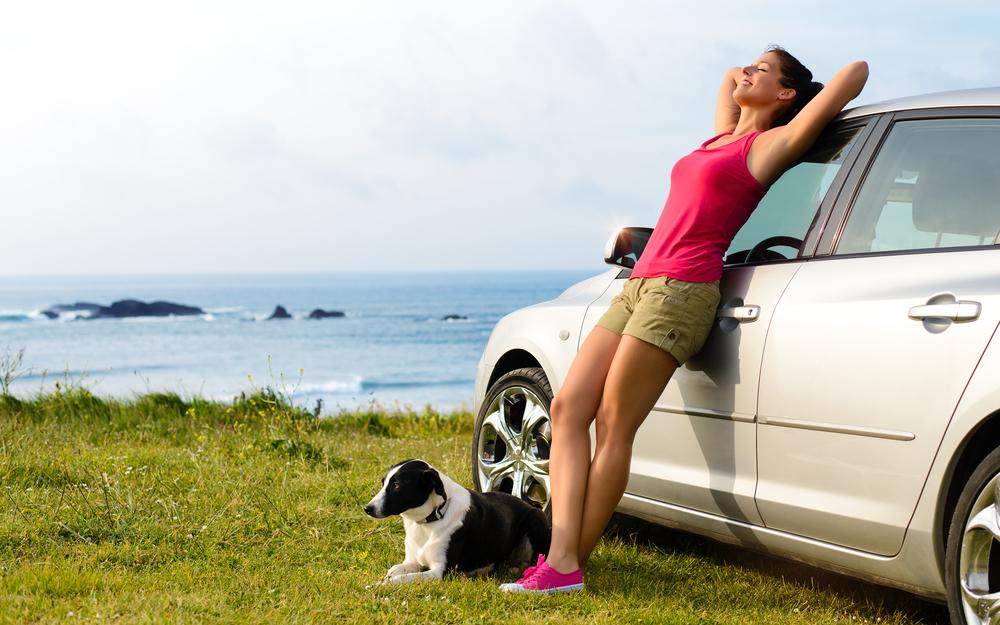
Overcome pet anxiety with pet-friendly travel
Traveling with your pets can be stressful as they cannot speak for themselves and hence convey discomfort by either shutting down completely or creating a racket. This can happen whenever you go to a new place with new people as it breaks the safe and trusted routine that your beloved creature is used to at home. They’re going to get uncomfortable, nervous, tired, and it’s not always easy to tell. You need to understand your pet’s mental health for successful pet-friendly travel.
Check out this article to know what to watch out for when you travel with your pets and some suggestions on how to prepare for the journey:
1. What is pet anxiety?
Animals get anxious when they’re put into a new environment, and oftentimes, they get accidentally conditioned to associate car rides to trips to the vet. If they are not used to traveling frequently by cars, whenever they sit in them, they’ll think that’s where you’re headed. Signs of mental stress include yawning, panting, whining, urinating, and trembling. Even motion sickness affects animals, so you need to prepare to deal with that situation if it occurs.
2. Fussy pets and damaged property
Of course, it is to be expected that you may run into people while traveling who are not fond of pets. Even if your dog or cat is trained and friendly, other travelers might be allergic to or scared of them and you need to be considerate of that. On the other hand, even your pet might not enjoy seeing many new faces. It can cause anxiety and unpredictable behavior. You’ll have to limit interaction between your friendly and possibly hyper pets and strangers, to make the environment ideal for travel.
You won’t always be able to control your pet when they need to relieve themselves. Even if your dog or cat is trained not to soil a seat, their travel anxiety can make it happen. This can damage property, which you’ll have to resolve or pay for.
3. Accident clean ups
The best thing you can do is make sure you’re covered for any emergency. For instance, you can take a clean-up kit with you for messes. A good kit will have baking soda and white vinegar which, when mixed, will take care of the smell. Keep a scooper, rubber gloves, and some extra tissues on hand. Your pet may need to accompany you in a crate. Be proactive and buy the right size and type of crate in advance so that you can give your pet some practice with it. Familiarity and comfort are key to pet-friendly travel. If your dog is acquainted with the crate, you’ll have one less thing to worry about.
4. Mild pet sedatives
If your pet is prone to nerves, it might be a good idea to sedate him or her. This should only be done by a vet. Sometimes this can go wrong and cause nausea and unsteadiness, so ensure to know about all probable side-effects beforehand. Otherwise, keep some favorite toys with you, speak to your pet in a soothing tone, or maybe play some calming music. Finally, it’s highly possible that your pet is very excitable and wanders off. It’ll help to have a GPS tracker on your furry friend’s collar as well as a tag with your contact details on it to guarantee safe and pet-friendly travel.


